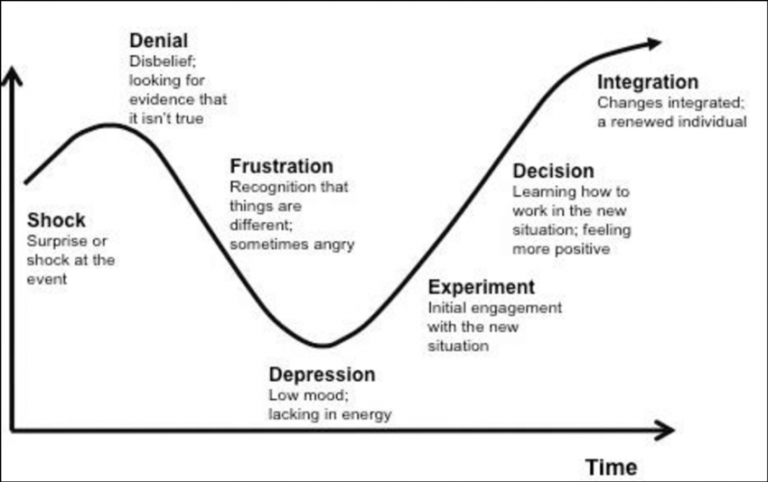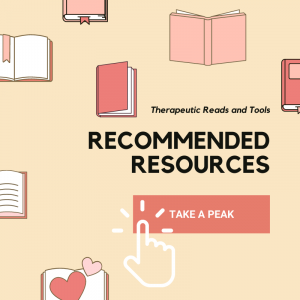
Learning from Intimacy
Learning from Intimacy
Our relationships teach us a lot about ourselves, our needs and attachments formed to those around us. Relational attachment styles can be formed to protect ourselves, to adapt with social situations or connect deeply with another. Exploring what intimacy brings up emotionally, mentally and physically highlights areas that cause inner conflict and that opportunity to re-experience intimacy in other ways.
Types of intimacy
With the many relations we form or are born into, be it with family, classmates or community – we learn from our initial attachments which ‘type of person’ is safe, and how to respond when there isn’t a sense of safety. Here we can explore, from a space of retrospective, the types of intimacy patterns we develop over time with notice areas that brings up pleasant or unpleasant judgements or feelings towards ourselves, others or the idea of intimacy in general.
Types of intimacy can be experienced in the;
- Physical Intimacy: Proximity of presence and comfort levels with touch.
- Emotional Intimacy: Attunement of emotional wellbeing and another person’s feelings.
- Intellectual Intimacy: Sharing thoughts, ideas, beliefs and opinions.
- Experiential intimacy: Connecting through subtle awareness, interactions and spiritual experiences.
When noticing pleasant or unpleasant judgements or feelings to the various areas of intimacy above, the opportunity to reflect…
“In what context am I experiencing this?”
“Is this only to towards others or only towards myself?”
“When and with whom did I decide this was so?”
Context
With family or community narratives around intimacy, this may or may not be influenced by the broader cultural environment we find ourselves in. Television, films and social media posts may display aspiring or conflicting views that brings about a sense of uncertainty or frequent comparisons to others and how we ‘should’ be experiencing intimacy.
The developmental factors add another dimension to the context in which people may form a sense of self when responding to distressing intimate relations formed early in life. The ACE (Adverse Childhood Experiences) study highlights the effects of early childhood experiences have on a person’s health and well-being in the long run and the behaviours that develop from such pro-longed experiences.
These ‘templates’ formed, whether it’s generalised as ‘all women’ or ‘all men’, ‘authority figure’ or [insert occupation here]. When we apply this template by default on entering a new work environment or interaction, it could be useful to notice when feeling uneasy with someone, is it something they did or said, or if they remind you of someone or bring up a memory from another time?
Attachments
British psychologist John Bowlby was the first attachment theorist, describing attachment as a “lasting psychological connectedness between human beings.” in his work ‘Attachment and Loss'(1969). With this initial focus of developmental needs and safety, it wasn’t until Psychologists Mary Ainsworth’s experiment of The Strange Situation (footage of this video can be found here), that emotional connection was also considered as an important factor of attachment styles. The experiment observes of how babies respond to being left by their mothers, and in a room alone with a stranger and how the babies respond when their mother returns.
Studies continue on how the extent of attachments in early life affect human development, behaviours and defence mechanisms as well as looking at adult attachment based studies with emotional dependencies, self-worth and behaviours when it comes to dating or in marriage counselling. Most recently, the attachment styles originally known as ‘Secure, Anxious & Avoidant’, have further developed in areas of these emotional connection styles:
- Secure.
- Anxious-Preoccupied.
- Ambivalent.
- Dismissive-Avoidant.
- Fearful-Avoidant
- Disorganised
These may change over time as people develop, move into different environments or relationships. We may notice when an attachment style show up differently for various people. Neither are good nor bad, it’s only when an attachment style is a barrier to fully wanting to connect with another that people may seek therapy to find ways to adapt and explore alternative ways of dealing with the unpleasant thoughts, feelings or behaviours that are acting out in situations out of context.
With so many resources available, I’d recommend starting with this book from Diane Poole Heller, who looks at the ways to create healthy, intimate relationships when healing from past traumas or adverse experiences.
“We are fundamentally designed to heal.
Even if our childhood is less than ideal, our secure attachment system is biologically programmed in us, and our job is to simply find out what’s interfering with it – and learn what we can do to make those secure tendencies more dominant.”film semi korea anal exploring for the irresistible babe.
huge breasts get involved in lechery. porn movies
europeanpornhd
Recommended Articles
Amanda Salvara MBACP
Accredited Counsellor, Psychotherapist and NLP Coach
Contact
+4420 8106 0776
hello@amandasalvara.com



